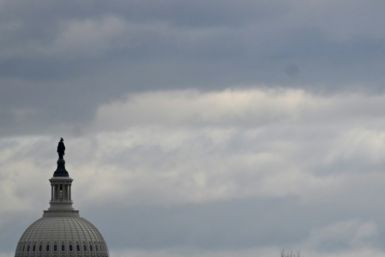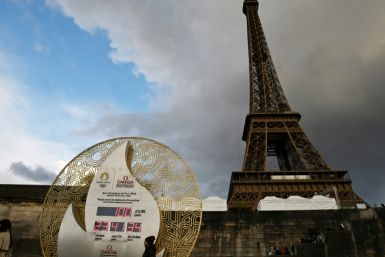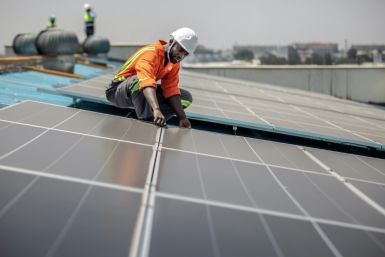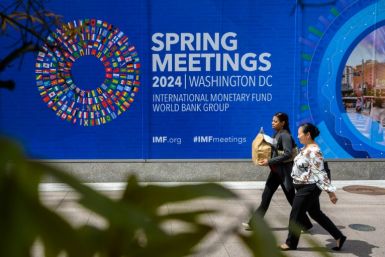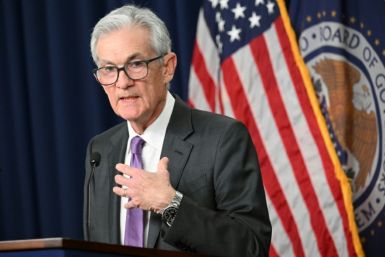Jason Kelly’s Week In Review
It was the worst week since April 2005, thanks again to fears of inflation and the Fed.
For the week:
Dow -3.2%
Nasdaq -3.8%
S&P 500 -2.8%
S&P Midcap 400 -4.5%
S&P Smallcap 600 -4.4%
The slide began on Monday and never looked up, aside from a recovery from lows on Thursday. Even that moment wasn't much to get excited about. The Dow and S&P 500 finished Thursday up a measly 0.1%, but the other major indices finished slightly down. You know it was a bad week when such a poor performance is cited as the bright spot.
Federal Reserve Chairman Bernanke set the bad mood on Monday when he spoke firmly against inflation and seemed determined to raise rates again at the end of the month. He said that there's a strong consensus among FOMC members to keep inflation at bay. He pointed out that inflation data have been higher in recent months and that inflation is at a level that, if sustained, would be at or above the upper end of the range that many economists, including myself, would consider consistent with price stability and maintenance of long-term growth. He called recent reports unwelcome developments. That was enough to send fed funds futures' odds of a June rate hike from last Friday's 48% up to 76%.
There was little other news to hang onto when Tuesday dawned, so the market obsessed over Bernanke's Monday speech. Then, St. Louis Fed President Poole and Fed Governor Bies, mentioned that fed funds futures were now pricing in an 80% chance of a June rate hike. Both echoed the chairman's firm stance against inflation. Poole said that slowing economic growth might not be enough to keep inflation down. Bies said that inflation over 2% makes her uncomfortable.
It was only day two of the week, and already three Fed officials had come out strong against inflation and seemed to be prepping the markets for another rate increase. That was basically all the markets had to go on all week because there were no significant reports to guide expectations. Immediately, then, the chatter turned toward next week's PPI and CPI data, scheduled for release on June 13 and 14 respectively.
On Wednesday the Fed marched out the Bad News Brigade again, this time in the person of Atlanta Fed President Jack Guynn. He gave no indication that an end to rate increases is near. He called recent headline measures of inflation bothersome and cited higher oil prices as a factor. He said that core inflation has already entered the upper end of the range that he considers to be acceptable over time. He added that it's important not to let the inflation genie out of the bottle because it's harder to squash it than to prevent it.
Guynn was the fourth Fed official to talk a hard line against inflation this week. The market latched onto his remarks and all but ignored the report showing that consumer credit rose $10.6 billion in April. That could show that consumers are tapped out, and already turning to loans and credit cards to finance spending. It's a sign of a slowing economy, perhaps signaling that rates are high enough right now.
Nobody got that message, though, and the Dow closed down 0.7% at 10,931, its first close below 11,000 since March.
Then came Thursday, the bright spot you'll recall from above. The market began by sinking immediately. The Dow fell 1.6% and was a full 8.1% off its May 10 peak. The Nasdaq dropped 2.4%.
The Fed continued its assault. Governor Donald Kohn, second only to Bernanke at the Federal Reserve, chimed in that he too found recent inflation reports to be troubling. He was the fifth official this week to deliver that line. It's pretty clear that the market got the message.
Then, Edward Lazear, chairman of the White House Council of Economic Advisors, said that recent gains in the price indices won't last. The council's report said that higher-than-expected first quarter inflation hadn't changed its 2.4% forecast for the next several years.
He said that the economy is headed to a soft landing and won't be derailed by high gas prices. All of the indications that we've seen are that we are moving to a soft landing, he said. We're still on a very good track...and we don't anticipate that energy prices will be a significant damper.
That dash of good news brought the market back from its worst levels of the day to end roughly unchanged.
Foreign markets rejoiced at the reversal, making the odds of a U.S. move higher on Friday look good. Then came word that U.S. forces had killed Abu Musab al-Zarqawi, for more than three years the most wanted terrorist in Iraq. Perhaps, it was thought, that would show progress in the Middle East, bring oil prices down a bit, and help to move stocks up. Finally, Texas Instruments (TXN) guided estimates higher in its mid-quarter update. Some had expected that to light a fire under the recovery begun Thursday.
It wasn't meant to be. Inflation and interest rates were all the market could think about, and there won't be any hard data until next week. That left the hawkish speeches from the Fed echoing down Wall Street. People closed out positions ahead of the weekend, and every major index finished slightly in the red.
The only thing to do now is wait for the PPI report on Tuesday and the CPI report on Wednesday. They'll determine the short-term direction of the market.


